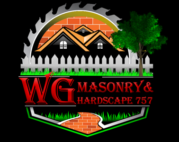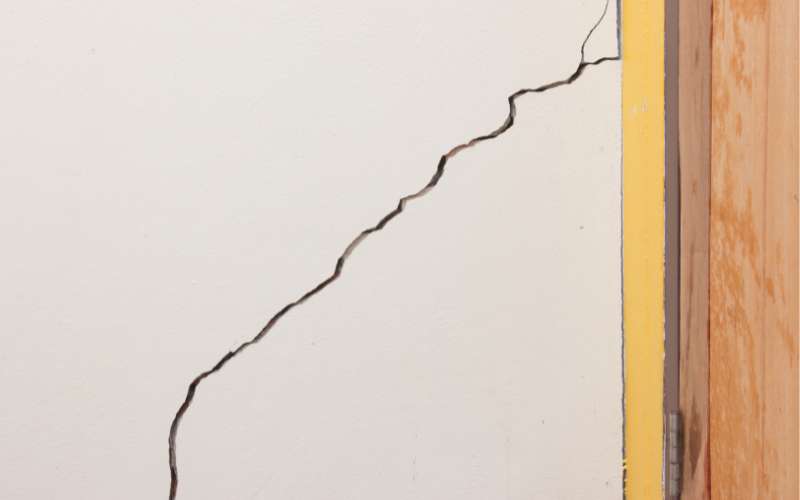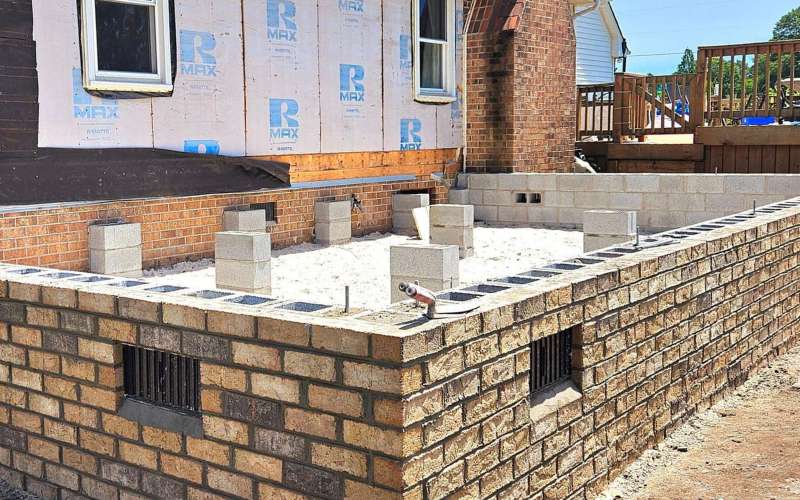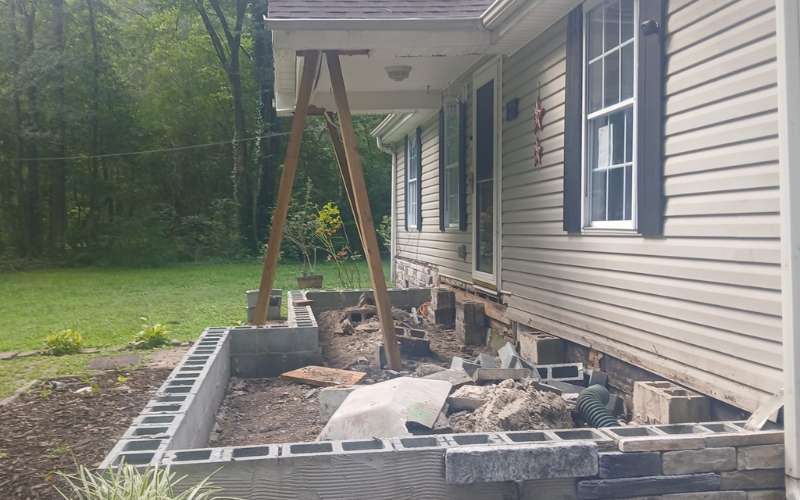Understanding Stucco Cracks: When to Worry and What to Do
Have you ever noticed a crack snaking through the stucco on your home and felt a surge of worry? Understanding stucco cracks and determining when they’re a cause for concern is essential to maintaining your property’s integrity and appearance. Whether it’s a hairline fracture or a deeper split, recognizing the signs early can save you from costly repairs. In this post, we’ll explore the various types of stucco cracks, what they could mean, and practical steps to address them before they worsen. Stay with us to turn your concern into confident action!
Assessing the Severity of Stucco Cracks
Stucco, a popular exterior finish, is prized for its aesthetic appeal and durability. However, it’s not immune to cracking. Differentiating between minor cosmetic issues and serious structural damage is crucial for homeowners. In this section, we’ll delve into the types of stucco cracks, their implications, and when it’s time to call in the professionals.
Common Types of Stucco Cracks
- Hairline Cracks: These are thin, superficial cracks that often appear due to slight settling or changes in temperature. Usually, they are not a sign of serious structural issues and can be easily filled with a quality caulk.
- Spider Cracks: These fine, web-like cracks might occur shortly after the application if the stucco dries too quickly. While they are mostly cosmetic, it’s wise to monitor them to ensure they don’t expand.
- Diagonal Cracks: Cracks that run at an angle often point to a deeper issue, such as foundation settling or seismic activity. These cracks are wider and more pronounced, indicating that professional assessment is necessary.
- Patterned Cracking: If you notice cracks forming a grid or pattern, this could indicate problems with the lath underneath. It’s essential to address these quickly to prevent water infiltration and potential damage to the structural integrity.
When to Worry About Stucco Cracks
Understanding when to worry starts with knowing what’s normal for stucco. Small, hairline cracks are typical and generally not a concern. However, if you see multiple cracks expanding or deepening, it’s time to take action. Also, any crack that lets water seep through poses a risk to your home’s structure and should be addressed immediately.
Effective Solutions for Stucco Repair
- DIY Fixes: For minor cracks, a simple DIY approach with elastomeric caulk can seal the deal. Ensure the area is clean and dry before application for the best results.
- Professional Repairs: Larger, more serious cracks require professional attention. Contractors might use a variety of techniques, from patching to complete stucco replacement, depending on the severity.
- Preventative Measures: Regular maintenance, like sealing and painting stucco, can prevent many common issues. Also, ensure that your home’s foundation and drainage systems are in good shape to avoid water damage and structural settling.
Take Action Against Stucco Damage
Don’t let stucco cracks put your home at risk. If you’ve spotted signs of cracking, it’s essential to assess the severity and act swiftly. Whether it’s a minor DIY fix or you need professional repair services, taking prompt action can protect your investment and maintain your home’s beauty. Interested in expert advice or services? Contact us today to ensure your stucco remains in top condition!



